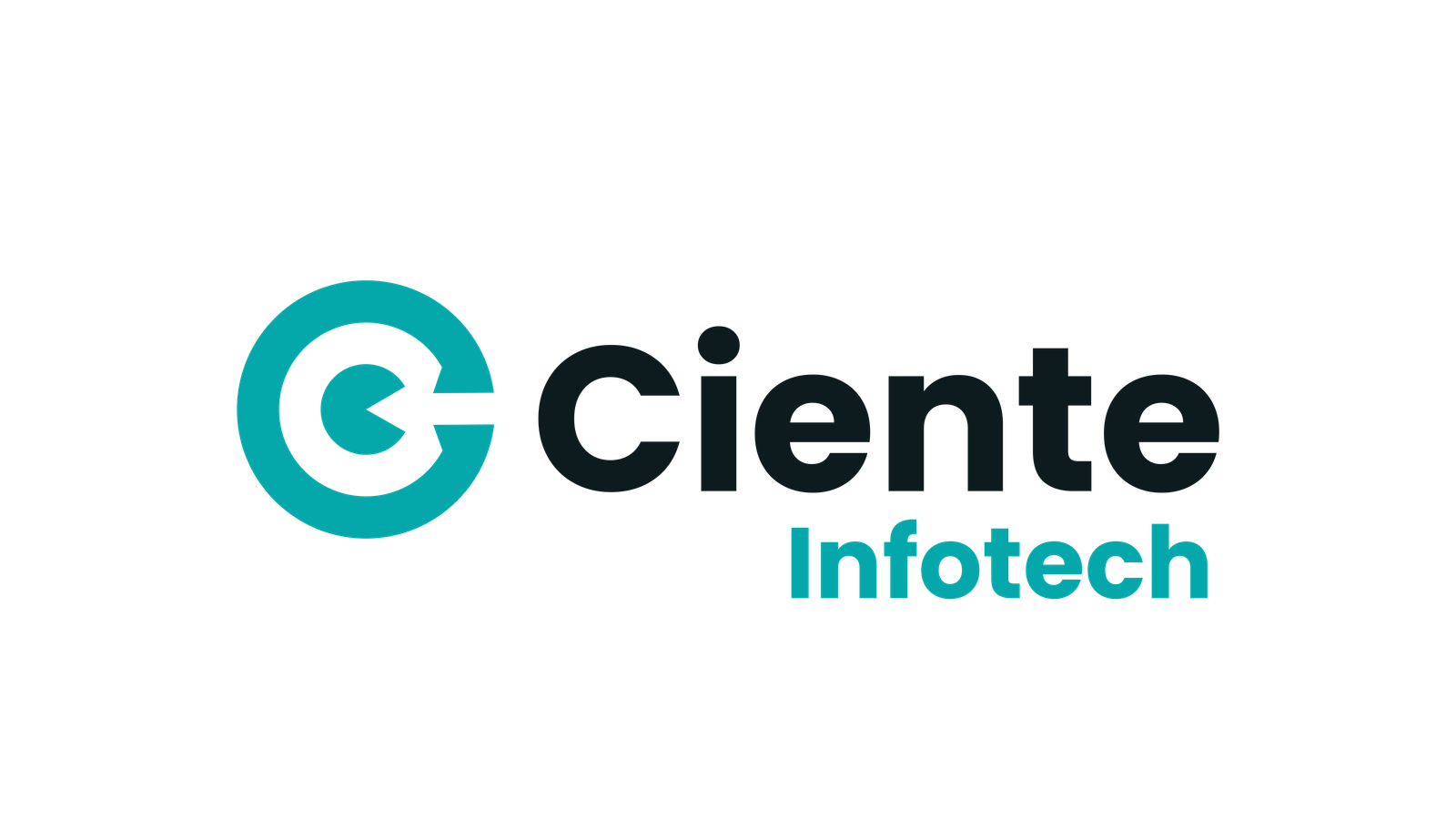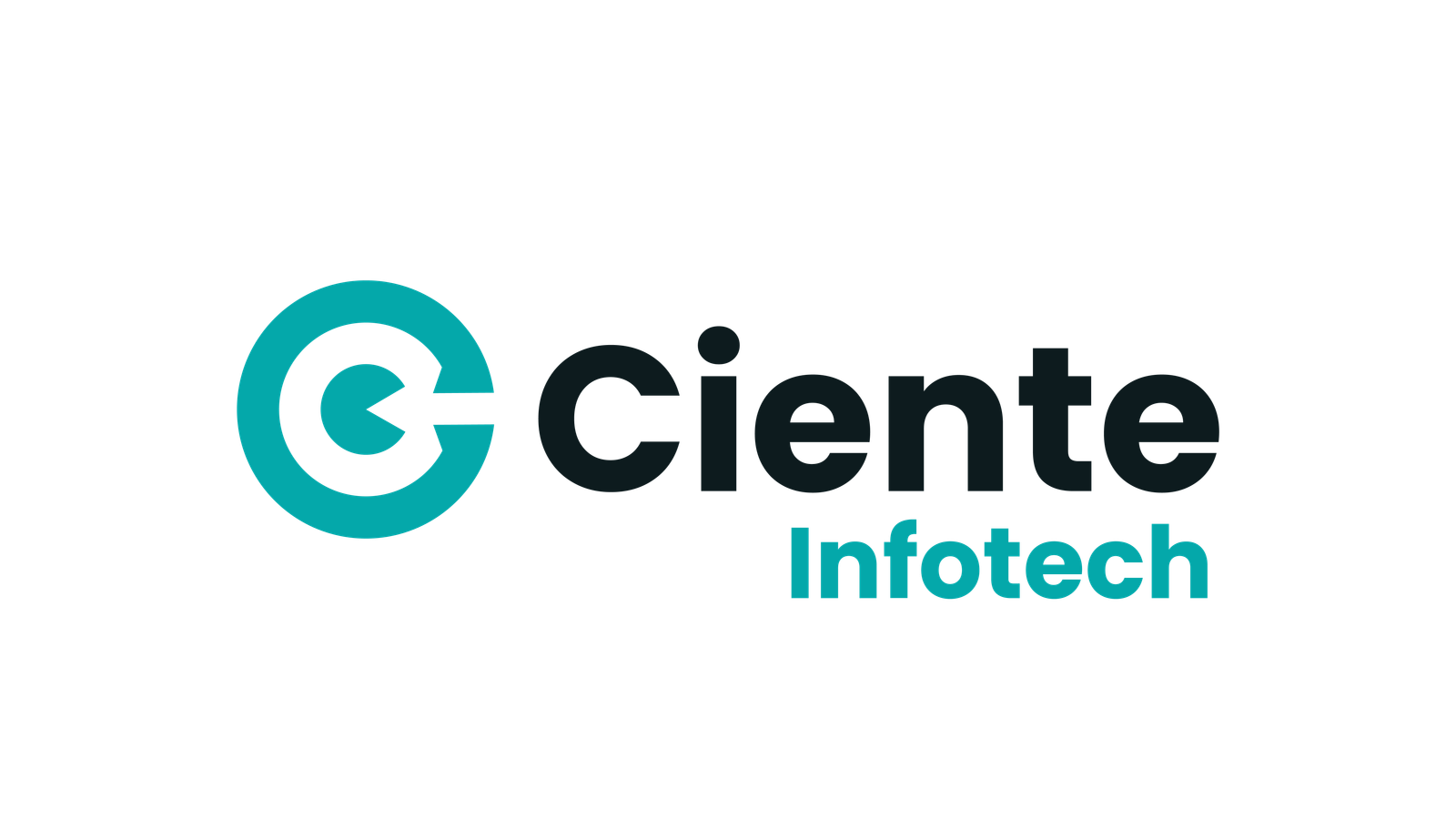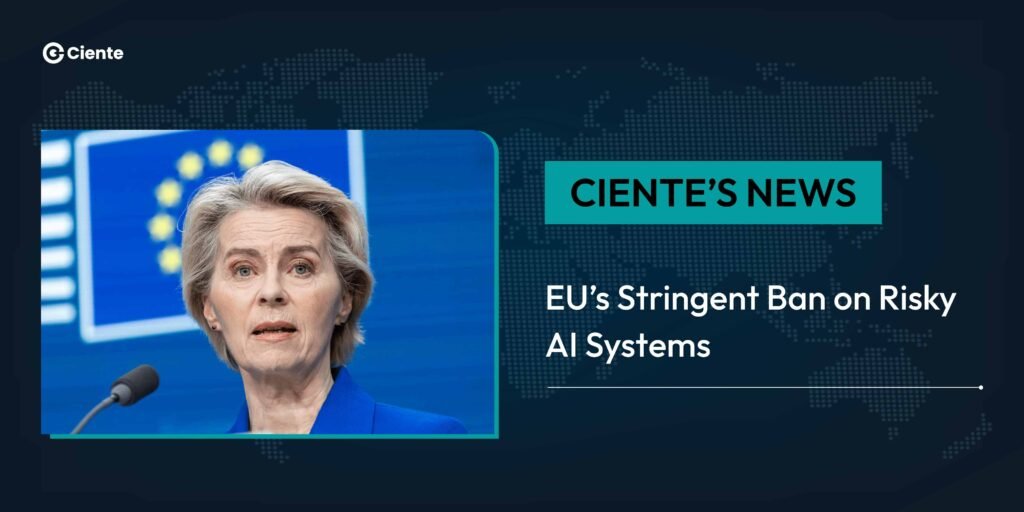At this moment, AI, your friend and foe – may be a necessary evil – is dominating every business conversation. Its benefits are at the forefront, gradually seeping into every industrial domain. Meanwhile, its risks have taken a back seat.
But not under the scrutinizing gaze of the European Union.
EU’s landmark AI act became effective on 2 February 2025 (Sunday), outlining the first set of restrictions on specific AI tools and systems. This was a more explicit step toward imposing regulatory frameworks for AI on all organizations under the EU market beyond small prohibitions already in place.
At the crux of this was citizens’ privacy and safety, which the advent of AI has put at stake, especially the below-mentioned software that leverages AI:
- Emotion recognition
- AI-driven deception tools
- Criminal offense prediction and risk assessment tools
- Social scoring systems
- Expansion of facial recognition databases
- Untargeted internet scraping
- Biometric categorization to reveal protected features
- Real-time biometric identification in public spaces
EU believes these AI-driven systems are “unacceptable risks” to people’s rights and threaten their livelihoods. Following this, it has passed legal notices to establish enough literacy among its staff regarding emerging tech – from AI to automation.
But their legal obligations also involve certain loopholes around the Act. Particular AI systems remain accessible to the European police and authorities to help predict terror attacks.
Meanwhile, several provisions in the Act are implemented in phases, allowing institutions to transition and adopt the appropriate compliance regulations smoothly. While it will take over 18 months to feel the Act in its entirety, it’s upon businesses to meet the deadlines and avoid penalties.
This AI Act is not merely a local law.
It could have an international influence on companies leveraging AI solutions in full force. In line with the rapid integration of AI into systems, this Act could have subsequent consequences on the use of AI – introducing organization-wide ethical doubts.



